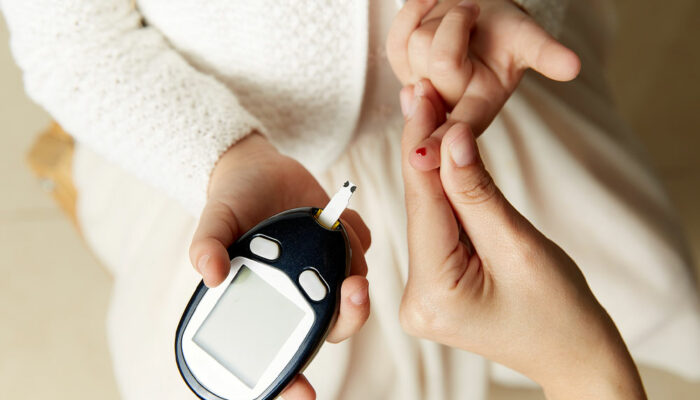sciatica pain relief – treatment, remedies, and management techniques

Sciatica Pain Relief – Treatment, Remedies, and Management Techniques
Sciatica is a condition characterized by sharp pain, numbness, and/or tingling sensation, which can occur from the lower back to the bottom of the legs. It occurs when the sciatic nerve, which runs from the lower back down the legs, becomes irritated or compressed. The pain and the numbness can be quite discomforting. Fortunately, there are various treatments, remedies, and management techniques that can help alleviate the discomfort associated with sciatica. Read on to learn about some of them.
Treatments and Remedies
The following treatments and remedies, which range from simple home remedies to advanced treatment options, can help ease sciatica pain.
- Ice packs
Applying ice packs to the area where one is experiencing this pain, can provide immediate relief. They are especially useful if the sciatica pain is happening due to an injury. Ice packs help by reducing inflammation and numbing the area. One can apply an ice pack, wrapped in a towel or a clean cloth, to the affected area for 15-20 minutes at a time, several times a day.
- Heat or warm compress
After using ice packs for the initial few days, one can switch to applying heat or warm compresses to the affected area. Applying heat relaxes the muscles and improves blood flow in the area, which promotes healing and alleviates pain. For this, one can use a hot water bottle or a heating pad wrapped in a cloth or a towel, to apply to the affected area for 15-20 minutes at a time.
- Movement and stretching
When one is affected by sciatica pain, resting is fine for the initial few days. However, after that, resting will do more harm than good. If the pain is not severe, moving, gentle exercises, and light stretching can actually help alleviate sciatica pain by relieving pressure on the sciatic nerve. Simple exercises such as walking will also help strengthen the muscles and improve blood circulation, which then aids in healing and reducing pain.
- Physical therapy
If the pain does not reduce with a few simple remedies, one must consult a healthcare professional or a physical therapist, who can put them on a physical therapy routine. Physical therapy is a structured approach to managing sciatica with the help of exercises and stretches, which are guided by a trained physical therapist.
- Massage therapy
Alternatively, one can also try massage therapy to seek relief from sciatica pain. Massage therapy can help relieve muscle tension and improve blood flow, which then helps in healing and reducing pain associated with sciatica. A skilled massage therapist can target the affected area and use various techniques, such as assisted stretching, to alleviate discomfort.
- Acupuncture
Acupuncture is another form of alternative therapy that may help relieve sciatica pain. The acupuncture treatment inserting thin needles into specific points on the body. If one is thinking of trying this approach, it is crucial to find a licensed acupuncture practitioner.
- Surgery
In severe cases of sciatica, when other treatments have not provided relief, a healthcare professional may recommend surgery. They may also consider surgery if the symptoms show signs of nerve damage. Surgical options may include removing a herniated disc that is compressing the nerve, or removing a section of the lamina (a part of the spine) that is putting pressure on the nerves.
Management and Prevention
Besides the treatments and remedies, the following techniques can help one manage sciatica pain and also prevent future flare-ups.
- Regular exercising
Regularly exercising and staying active are crucial in managing and preventing sciatica. As mentioned above, when one is experiencing this pain, gentle exercises, stretching, and physical therapy can help them manage the pain. But, even after recovery, one must continue with regular physical activity to prevent future flare-ups of sciatica. One can try different exercises that improve their core strength and flexibility. Activities such as yoga and aerobics also help. For a suitable exercise routine, one can also consult with a healthcare provider or their physical therapist.
- Maintaining good posture
Poor posture and sitting for long periods can contribute to sciatic pain. Hence, one needs to be mindful of their posture at all times. One also needs to take breaks from prolonged sitting, by taking short strolls or doing light stretching exercises. Along with that, making ergonomic adjustments to the workspace can also help ensure proper posture and prevent sciatica.
- Stress management
Stress can exacerbate sciatica by causing muscle tension. Stress management techniques, such as deep breathing, meditation, and relaxation exercises, can be effective in reducing the overall impact of sciatica pain. In addition to these, seeking psychological therapy for stress management can provide valuable tools for addressing the emotional and psychological aspects of stress.
References:
https://www.health.harvard.edu/pain/sciatica-home-remedies-and-self-care
https://my.clevelandclinic.org/health/diseases/12792-sciatica#management-and-treatment
https://www.webmd.com/back-pain/ss/slideshow-how-to-ease-sciatic-nerve-pain
https://www.webmd.com/back-pain/sciatica-pain-relief-options

